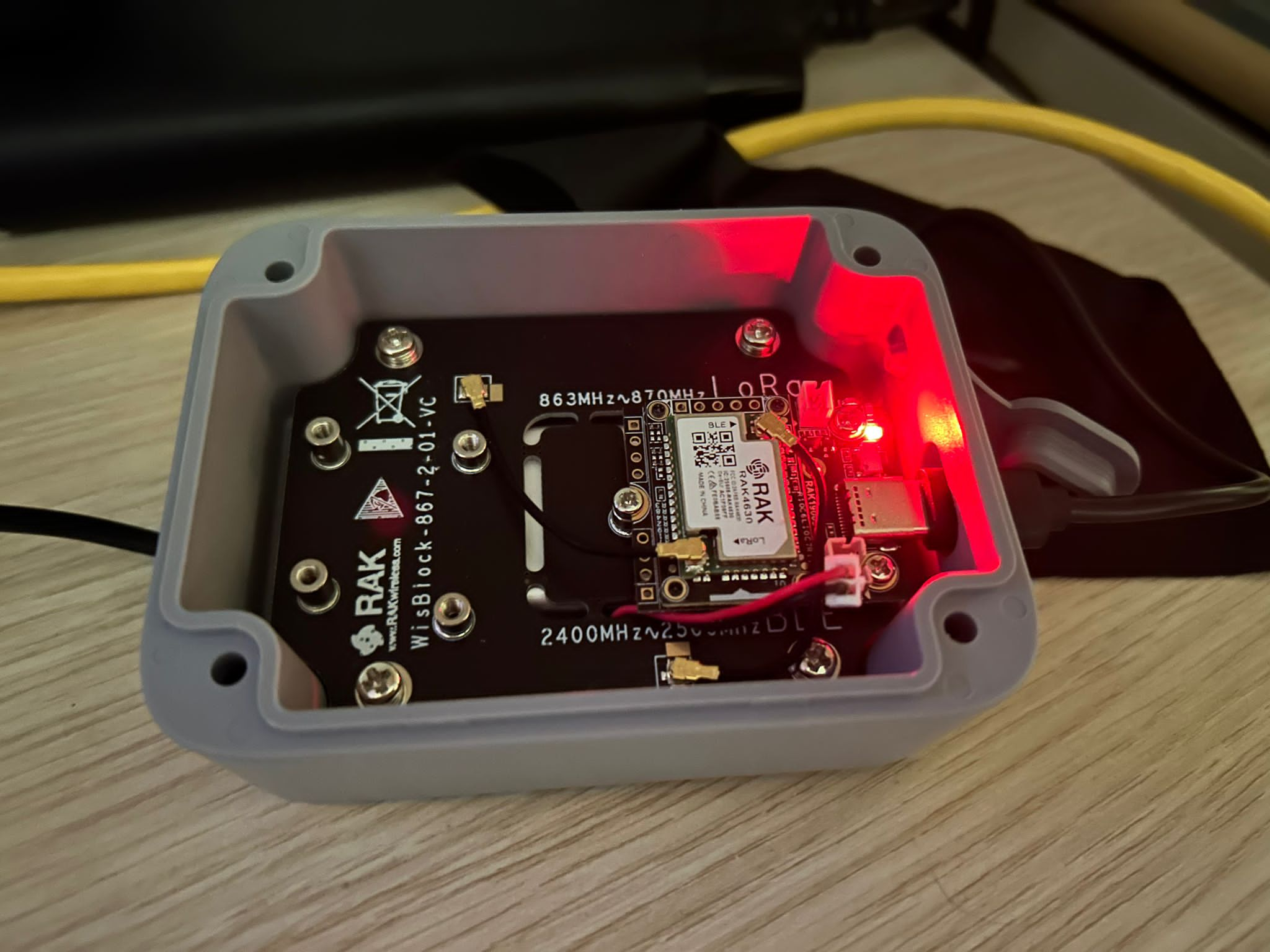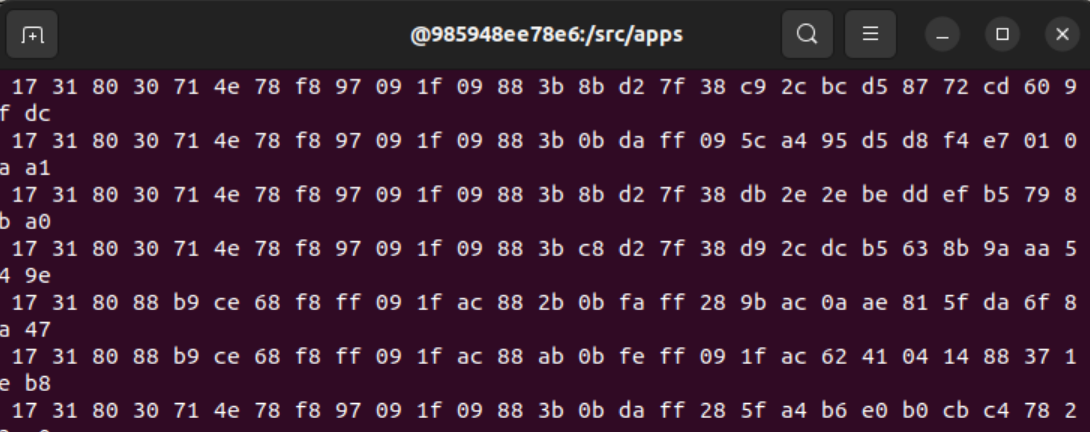In this post we are analysing LoRa signal received from RAKWireless Earthquake Sensor Kit. RAKWireless generously gave us the kit, just after two big earthquakes hit the south east part of Turkey in February 6 this year. We are going to work together and collaborate with RAKWireless for using IoT to be well-prepared for natural disasters so that we can protect the people and the world.
RAKWireless WisBlock Earthquake Sensor Solution Kit
The WisBlock Earthquake Sensor Kit uses the Omron D7S sensor chip, the world’s smallest high precision seismic sensor. It provides seismic data it has as well an alarm output activated if a seismic intensity equivalent to 5 or higher on the JMA (Japan Meteorological Agency) Seismic Intensity Scale occurs. This gives the option to shut down sensitive machines and equipment in case of devastative eartquake. The D7S sensor detects as well if the horizontal position of the sensor changes, which points towards a collapse of the structure where the sensor was deployed. It can only detect earthquakes (it cannot predict them, I think there is no device in the world yet predicting eartquakes!), measure the peak levels of the seismic intensity and send the peak values over LoRaWAN or LoRa P2P to a gateway.

LoRa
If you are not familiar to LoRa, it is a short for simply "Long Range", and it is a wireless communication system popular for IoT. Nowadays we are seeing more and more LoRa enabled massive IoT deployments around from smart meter reading to waste management from tracking inventory to sensor measuring. LoRa's modulation scheme is based on chirp-based spread spectrum that can operate beneath the noise floor. The wireless standard sends data in small bursts with very little power. We are talking about signals over long distance using the amount of signal power used in a wireless garage door opener. So, operating on batteries does not become a problem. Having robustness, low power, and low rate makes it a perfect match technology for connecting the internet of things.
gr-lora
We are using GNU Radio out-of-tree module called gr-lora to analyse the signal. The gr-lora project aims to provide a collection of GNU Radio blocks for receiving LoRa modulated radio messages using a Software Defined Radio (SDR). We are again utilizing RTL-SDR in our work. We ran one of the example flowgraphs that comes with the OOT module called lora_receive_realtime.grc. We set SF to 7 and capture frequency to 868.5 MHz.

The kit deploys an nRF52840 microcontroller and uses CayenneLPP to encode data packets. We can see the outgoing packets with gr-lora.

LoRa is a promising technology so many companies are adopting this technology to their solutions. We are appreciated that RAKWireless sponsored us on our IoT project. We hope to extend our IoT work leading up to a solution for earthquake preparedness.

